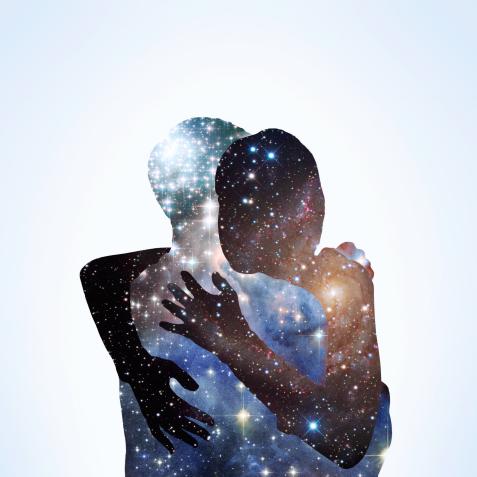
NASA/JPL-Caltech
It’s Time to Return to the Land of the Ice Giants

30 years--It’s been over 30 years since the Voyager 2’s historic flyby of Uranus and Neptune, the outermost and most mysterious planets in the solar system. It’s time to go back.
Since 1989, we’ve sent multiple rovers to Mars, orbited Jupiter and Saturn, send flybys to Pluto (and beyond!), landed on the methane-shrouded moon of Titan, and even returned samples of asteroids and comets.
Meanwhile, the only close-up images we have of Uranus and Neptune come from a Generation X mission launched in 1977.
And time is running out. Voyager 2 only got to visit those two worlds (which sit 19 times and 30 times farther from the sun than the Earth, respectively) by taking advantage of Jupiter’s immense gravity, slingshotting the craft to a high enough speed to reach the outer system in a reasonable amount of time. That kind of solar system alignment isn’t common, and the next launch window will open in 2029…and close just five years later.

NASA/JPL-Caltech
The Voyager spacecraft were built and continue to be operated by NASA's Jet Propulsion Laboratory, in Pasadena, Calif. Caltech manages JPL for NASA. The Voyager missions are a part of NASA's Heliophysics System Observatory, sponsored by the Heliophysics Division of the Science Mission Directorate at NASA Headquarters in Washington.
To date, no mission to Uranus and Neptune has even made it out of the proposal stage. Even if a mission were accepted this year, it would be a race against the clock to get it to the launchpad in time.
Here’s the thing. Neptune and Uranus are downright strange. Uranus has the most extreme tilt of any planet, spinning at a nearly 90 degree angle with respect to the rest of the solar system. What the heck happened to it? And Neptune, despite being so much farther from the sun than any other planet, emits more than twice the amount of heat that it receives from the sun. What’s making it so warm?
We simply don’t know. And the more we dig into these planets, the weirder they get.
Uranus and Neptune are known as “ice giants”, because they’re made of mostly water, ammonia, and methane. Those elements are currently a hot liquid deep in their cores (essentially making those planets a giant, ultra-hot electrical conductor), but when the planets formed those elements may have been frozen into various kinds of ices.

NASA/JPL-Caltech
Left: Arriving at Uranus in 1986, Voyager 2 observed a bluish orb with subtle features. A haze layer hid most of the planet's cloud features from view. Right: This image of Neptune was produced from Voyager 2 and shows the Great Dark Spot and its companion bright smudge.
How did enough material come together in the outskirts of the solar system to form large planets like that? Simulations of solar system formation have a hard time explaining them, and our searches for planets outside the solar system suggest that Uranus- and Neptune-like planets may be rare.
We need to study the ice giants if we hope to answer any of these burning questions. One proposed mission, called Trident, has passed a preliminary review of proposals and is up for a final round of competition at NASA this spring. If it gets the greenlight, it may be able to take advantage of the Jupiter gravity assist and fly through the atmosphere of Triton, the largest moon of Neptune.

NASA/JPL/USGS
Global color mosaic of Triton, taken in 1989 by Voyager 2 during its flyby of the Neptune system.
Oh, I didn’t mention Triton? The moon has the coldest surface in the solar system, and its thick nitrogen ice shell may be hiding a subsurface, globe-spanning liquid water ocean.
Like I said, there are a lot of mysteries in the land of the ice giants.


















